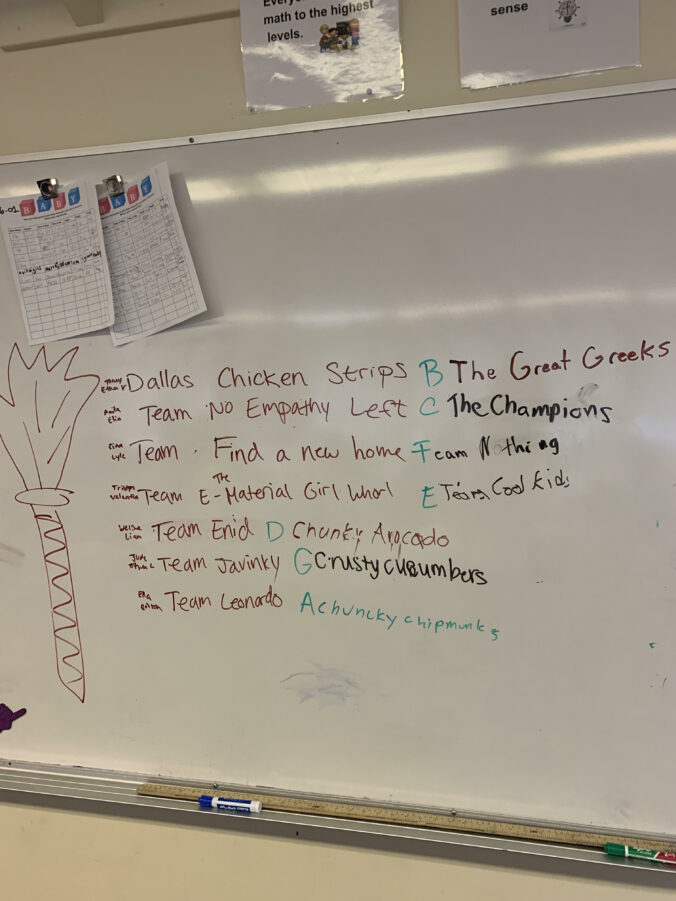I am approaching my second year of working as an educator in the eleven to the sixteen-year-old realm, along with house parenting at a boarding school, coaching, facilitating, and running homework clubs. I worked with neurodiverse adults instructing at a rec centre. Through these experiences, I have adapted my instruction styles for different situations and students. I believe one could take from the prominent Behaviorist, Cognitivist and Constructivist theories seeing them as a spectrum where you can take ideas from all aspects. Though, in my work- I resonate with the behaviorist approach the most. In a classroom environment, I find that information can be instructed in a more effective way through the behaviorist approach.
Behaviourism: I find myself using the behaviourist approach as follows. I do this by leading my class through a topic, i.e. how to create your own signature. I then expect my students to listen silently, and I set a specific task based on the information given. All students practiced writing their signatures three times on lined paper. I collected the papers and ‘grade’ them or see if they are on the right track. Onwards, I provide feedback and set the next task, adding on to what I’ve instructed previously. With each round of feedback I provide- the hope is that my students are being coordinated to learn the material provided. If a student simply writes a scribble as a signature- I go through the instruction again, and we work on it together (constructivism).
I agreed with the point in Motivation and Learning reading. I, too, aim to build my instruction and design in a way that fosters motivation and engages students. In the Behaviorist approach- engagement is challenging, especially in the elementary school sector. Encouraging students to take breaks, go on walks, or taking a looooong big breath when engagement is tricky helps students focus. Lastly, knowing students’ working styles, reviewing IEPs (individual learning plans) of students that have them and learning through trial and error is the best way to find the most effective learning approach. Everyone learns differently, and I believe as an educator, you are responsible for making sure every student has access to quality, fair education.
The photo attached is from a group work -friendly math six competition. Students showed increased engagement when given the flexibility to create their own team names. Lots of smiles and fun!

Recent Comments